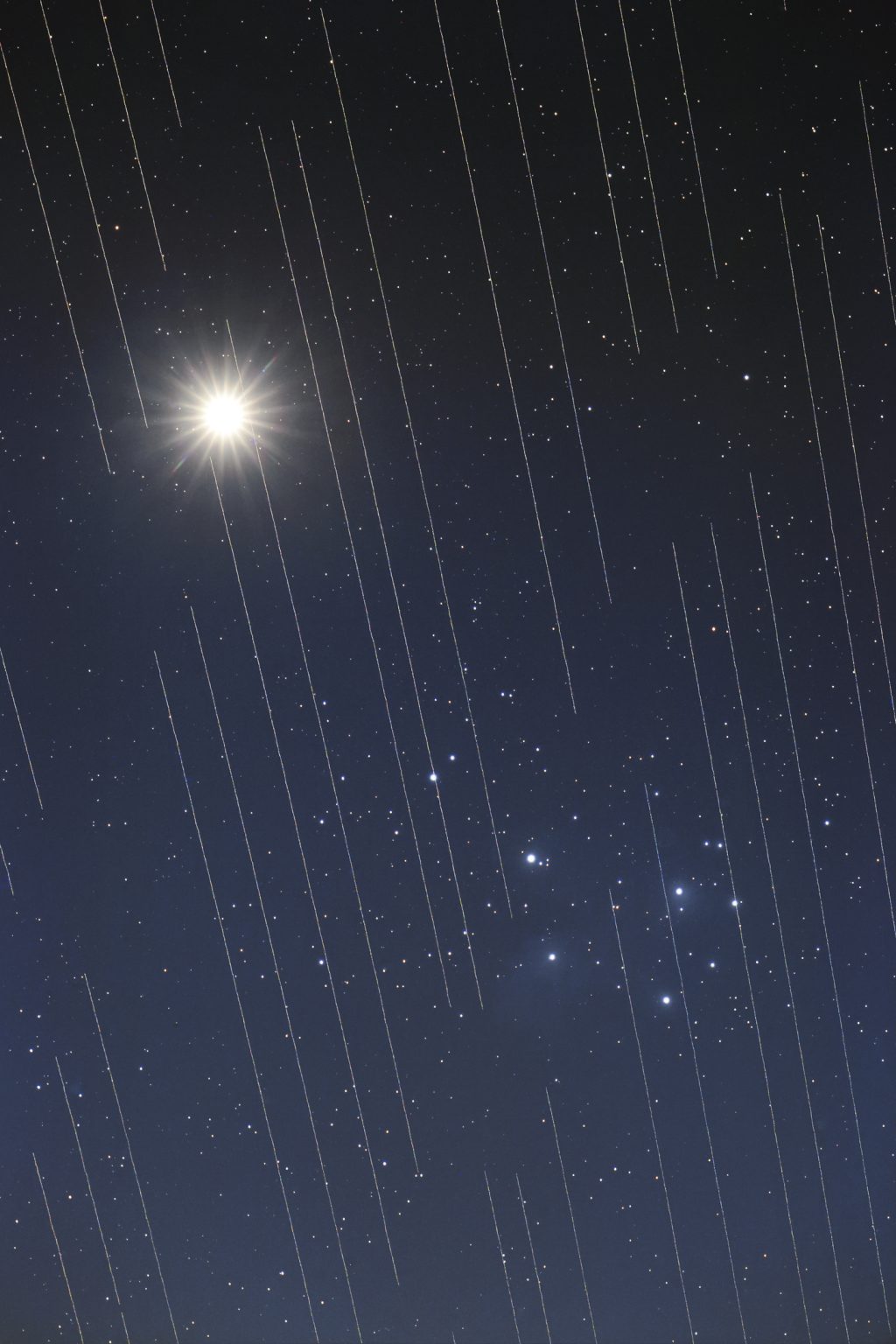Satellites are starting to interfere with radio astronomy observations, with two major U.S. satellites launched in May causing disruptions to the work of radio astronomers. While one or two interlopers may be manageable, if the number of satellites continues to increase, it could become catastrophic for radio astronomy. This conflict has only intensified with the launch of thousands of new satellites by private companies since 2019, far exceeding the expectations of astronomers from the 1970s. Currently, there are over 10,000 active satellites in Earth’s orbit, and the ongoing launch of more satellites is causing concerns for the future of astronomy.
Modern satellites emit more radiation than previously believed, causing interference with optical telescopes as well. The satellites leave bright streaks across images of the night sky, complicating the analysis of astronomical data. Efforts to mitigate this issue through modifying the satellites or their orbits have had varying degrees of success, highlighting the urgency of finding solutions to prevent further disruptions to astronomy. Astronomers are worried about the impending catastrophe if the conflict between satellites and astronomers is not resolved, with the potential for irreversible damage to ongoing research and observations.
Lisa Grossman, an astronomy writer with a degree in astronomy from Cornell University and a graduate certificate in science writing from the University of California, Santa Cruz, highlights the growing concerns within the scientific community regarding the increasing number of satellites in Earth’s orbit. As the conflict between astronomers and satellites escalates, there is a pressing need for collaboration and innovative solutions to protect the integrity of astronomical observations and research. Grossman lives near Boston and is actively reporting on the developments within the astronomy community related to the satellite interference issue.
Readers are encouraged to provide feedback on the article by emailing feedback@sciencenews.org and can participate in a 15-question reader survey to help improve the content of Science News. The critical importance of supporting climate journalism is emphasized, with Science News and the Society for Science seeking assistance to strengthen environmental literacy and ensure that responses to climate change are based on scientific evidence. Subscribing to Science News and contributing $16 can help expand science literacy and understanding, supporting the ongoing efforts to address environmental challenges through informed reporting and research.


